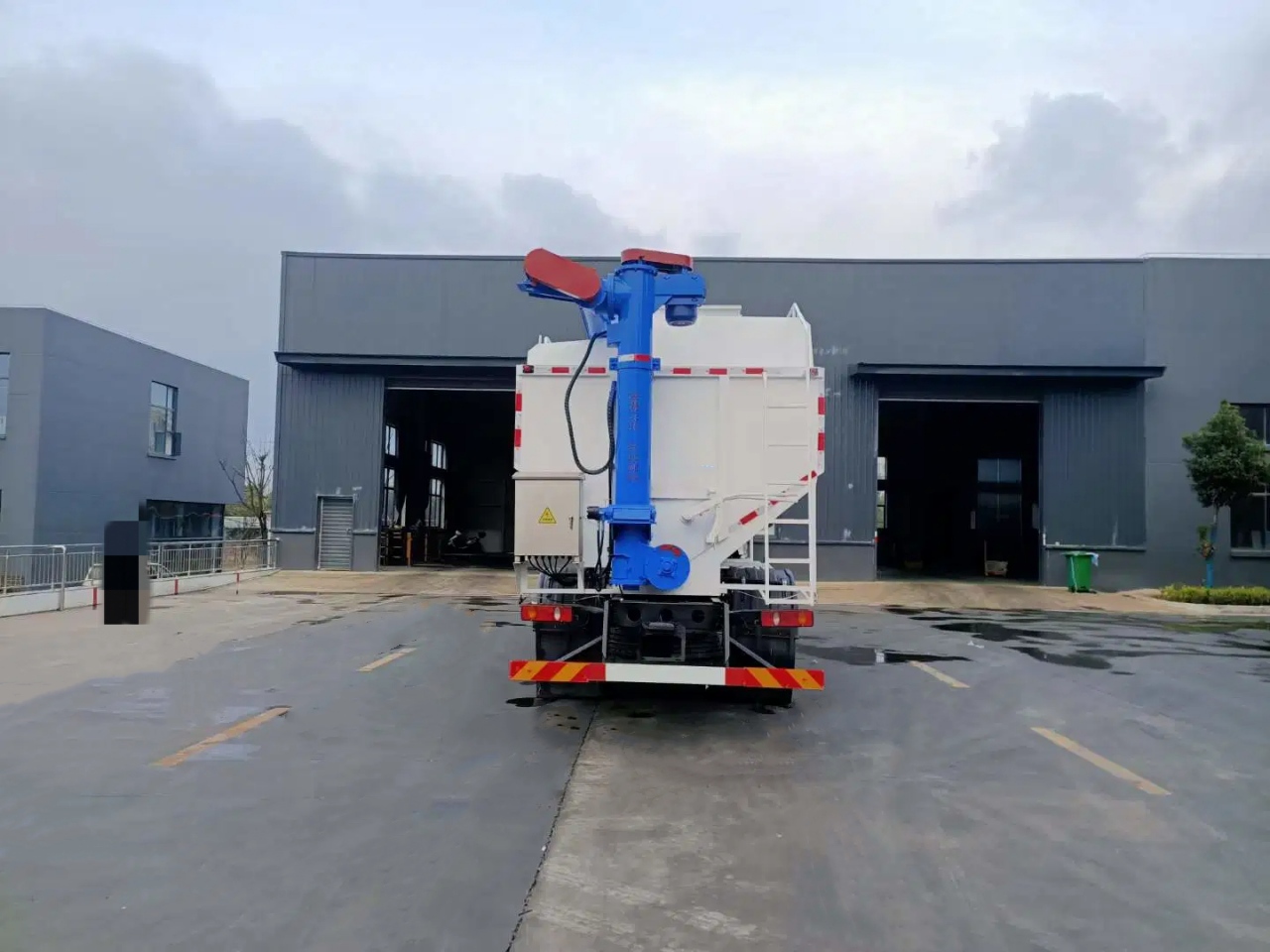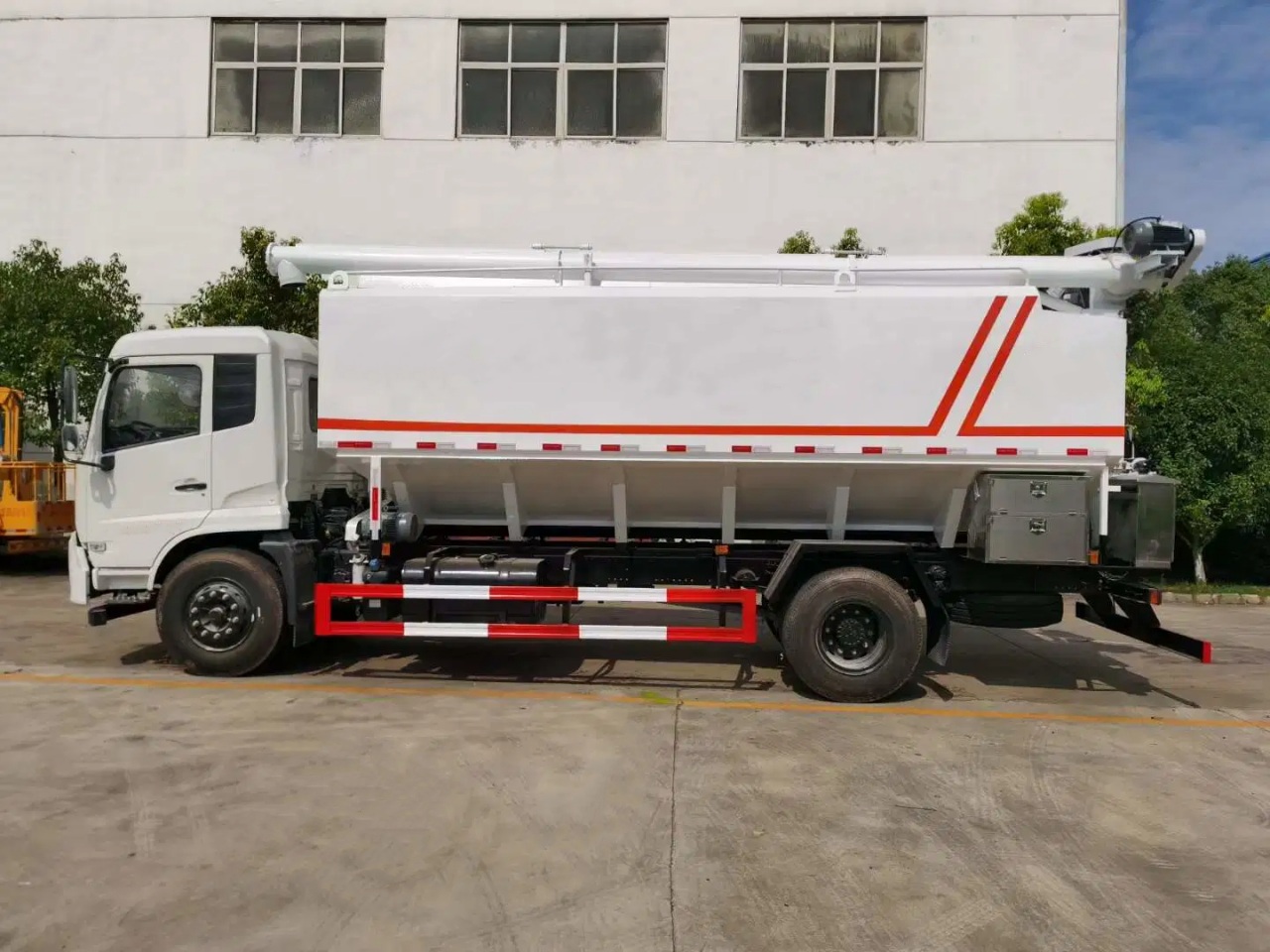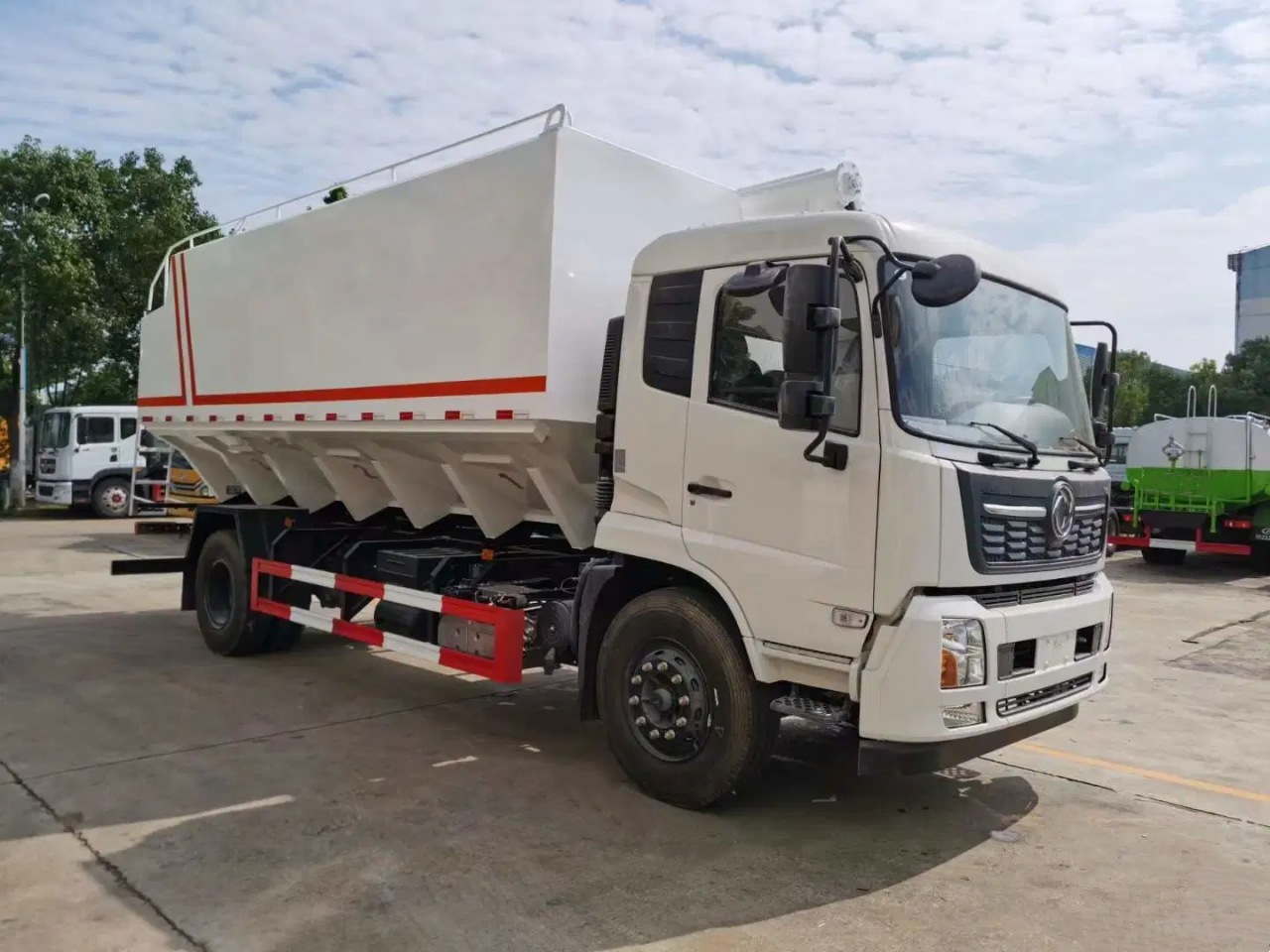Pneumatic tankers, also known as dry bulk tankers or silo trailers, are a crucial component in the logistics chain for transporting dry bulk goods. These specialized vehicles are widely used in industries ranging from construction and agriculture to food processing and chemical manufacturing. The defining characteristic of a pneumatic tanker is its ability to discharge its load using air pressure, rather than relying on gravity. This article explores 1 of the most common questions about these vehicles: What is the capacity of a pneumatic tanker? To answer that, we’ll delve into the types, configurations, capacity ranges, and the key factors influencing these specifications.
Understanding Pneumatic Tankers
Before addressing the capacity, it’s essential to understand the basic design and operation of a pneumatic tanker. These tankers are typically built with a cylindrical tank, often made of aluminum or stainless steel, mounted on a truck or trailer chassis. The tank is divided into compartments, and air pressure is introduced into the chamber to push the material through pipes and hoses for unloading.
Pneumatic tankers are specifically designed for the transport of dry bulk materials such as:
- Cement and lime
- Flour and sugar
- Plastic pellets
- Fly ash
- Sand and powdered minerals
The use of pressurized air allows for efficient and clean unloading, which is especially important in industries where material contamination or residual waste is a concern.
Capacity of Pneumatic Tankers: An Overview
The capacity of a pneumatic tanker generally refers to the volume it can hold, usually expressed in cubic meters (m³) or cubic feet (ft³). However, it’s important to distinguish between volume capacity and payload capacity:
- Volume Capacity is the internal space available for the cargo.
- Payload Capacity refers to the maximum weight the tanker can legally carry, governed by regional road regulations and the vehicle’s axle configuration.
Let’s explore these in detail.
Typical Volume Capacities
The volume capacity of a pneumatic tanker varies based on design and purpose. Here are the most common configurations:
1. Small Capacity Pneumatic Tankers
- Volume: 15–25 m³ (530–880 ft³)
- Use Case: Urban or local delivery, often for small-scale operations or restricted access sites.
- Vehicle Type: Often rigid trucks or smaller semi-trailers.
2. Medium Capacity Pneumatic Tankers
- Volume: 25–40 m³ (880–1,400 ft³)
- Use Case: Standard construction and food-grade transport applications.
- Vehicle Type: Semi-trailers with 2-axle or 3-axle configurations.
3. Large Capacity Pneumatic Tankers
- Volume: 40–60 m³ (1,400–2,100 ft³)
- Use Case: Long-haul transport of lightweight materials like plastic pellets or flour.
- Vehicle Type: Semi-trailers or road trains used in regions with higher Gross Vehicle Weight (GVW) allowances.
Some specialized pneumatic tankers may even exceed 60 m³, especially in regions like Australia where road trains and multi-trailer setups are common.
Payload Capacity Considerations
While the internal volume is important, how much material a tanker can carry depends significantly on the density of the material and legal weight limits.
For instance:
- Cement: Typically has a bulk density of 1.2–1.5 tons/m³.
- Flour: A lighter product, with a density of about 0.5 tons/m³.
- Plastic Pellets: Around 0.6–0.9 tons/m³.
Let’s say a tanker has a volume capacity of 40 m³. If transporting cement (at 1.4 tons/m³), the payload would be:
40 m³ × 1.4 tons/m³ = 56 tons
However, most countries have legal limits on axle load, often capping a vehicle’s gross weight at around 40 to 44 tons, including the weight of the truck and trailer itself. So, in this example, the truck might only be able to carry 25–30 tons of cement before hitting the legal weight limit, even if the volume could theoretically hold more.
Factors That Influence Tanker Capacity
Several elements affect the actual usable capacity of a pneumatic tanker:
1. Material Density
As shown above, lower-density materials take up more space but weigh less. High-density materials fill the weight capacity before the volume is full.
2. Compartment Design
Some pneumatic tankers are divided into multiple compartments to carry different products or facilitate better unloading control. This can slightly reduce the usable volume.
3. Vehicle Configuration
The number of axles, suspension type, and chassis strength determine how much weight the vehicle can legally carry.
4. Country-Specific Regulations
Different countries have different road weight limits. For example, European regulations typically allow a maximum GVW of 40–44 tons, while in some U.S. states or Canadian provinces, GVW limits can exceed 50 tons with permits.
5. Construction Material
Aluminum tankers are lighter than steel ones, allowing more room for payload within the same legal limits. However, stainless steel tankers are preferred for corrosive or food-grade materials.
Customization and Specialized Designs
Manufacturers offer custom designs based on the customer’s product and operating environment. For instance:
- High-capacity tankers with larger volumes for lightweight materials.
- Reinforced designs for abrasive products like sand.
- Food-grade tanks with smooth interiors and specific coatings.
- Insulated or pressurized variants for temperature-sensitive materials.
This means the actual tanker capacity can vary considerably between operators and regions.
Conclusion
So, what is the capacity of a pneumatic tanker? The answer isn’t one-size-fits-all. Capacities generally range from 15 to 60+ cubic meters, but the effective payload depends on multiple factors, including material density, legal weight restrictions, and vehicle design.
If you are selecting a pneumatic tanker for a specific purpose, it’s vital to assess both the volume and payload needs, the nature of the cargo, and regional road regulations. Collaborating with a reputable manufacturer or fleet operator can help ensure the tanker is tailored to your exact operational requirements.
Pneumatic tankers remain an indispensable part of dry bulk logistics, and understanding their capacity is key to maximizing efficiency, safety, and profitability in transport operations.





